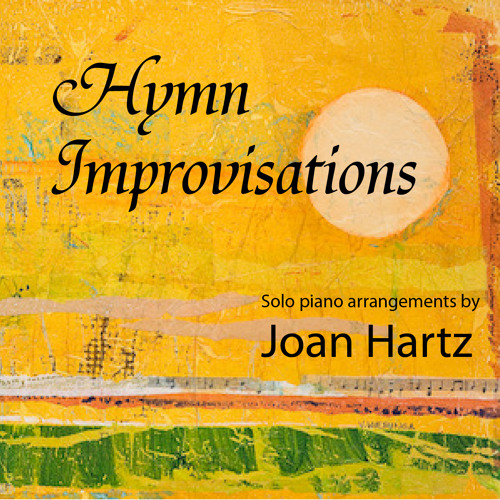The Crucifixion

The Crucifixion, 860-70. Ivory panel from Reims, France. Victoria & Albert Museum, London. Photo: Victoria Emily Jones.
In this ninth-century panel from France, Jesus has just breathed his last breath. A retinue of angels hovers above the cross with open hands, about to receive his spirit and transport it back up to the Father. Above them are a king and a crescent-crowned queen, who personify the sun and the moon. A common feature in medieval art, they are said to symbolize the old and new covenants—which through Christ’s death are brought together, the one illuminating the other.
Underneath the crossbeam on the left, Mary lifts up her arms to embrace her dead son while a Roman soldier (traditionally named Longinus) thrusts a spear into Jesus’s side to confirm that he is indeed dead. On the right, another soldier (traditionally named Stephaton) lowers the vinegar-soaked sponge he had offered to Jesus for drink, as John stands by in mourning.
At the base of the cross, Satan (in the form of a snake) sinks his fangs into Christ’s feet, literalizing the prophecy of Genesis 3:15, in which God tells Satan, “I will put enmity between you and the woman, and between your offspring and hers; he [Jesus, the seed of a woman] will crush your head, and you will strike his heel.” On this same plane of action, pairs of deceased saints sit up in their tombs, having been raised to newness of life via the death of Christ (Matt. 27:51-53). They resemble, fittingly, Christian worshipers in their pews, looking upward in pious devotion as they consider the salvific impact of the crucifixion scene that unfolds above them.
The Deposition

The Deposition from the Cross, c. 1150. Ivory panel, probably from Hereford, England. Victoria & Albert Museum, London. Photo: Victoria Emily Jones.
This panel was most likely carved in England during the twelfth century. Joseph of Arimathea lowers Jesus’s body down from the cross, while Nicodemus removes the nail from his foot. Mary, Jesus’s mother, coddles his lifeless limbs, and Mary Magdalene throws back her arm in grief.
According to tradition, Golgotha is the place where Adam was buried. Thus in crucifixion art, a skull is often found at the foot of the cross, as a reminder of the fall and a picture of redemption.
Above the scene are two angel attendants with burial cloths in hand.
I’m not sure what the two symbols on the cross signify—do you know?


The symbols on the cross are stylized Alpha and Omega – first and last letters of the Greek alphabet.
Christine
Ah, I see it now! Thanks!
Pingback: The Bell Altar and Madonna and Child in Christ Church Cathedral, Oxford | The Jesus Question
Pingback: JANUARY 22 2021 – THE BELL ALTAR AND CROSS – CHRIST CHURCH OXFORD | The Bell Society